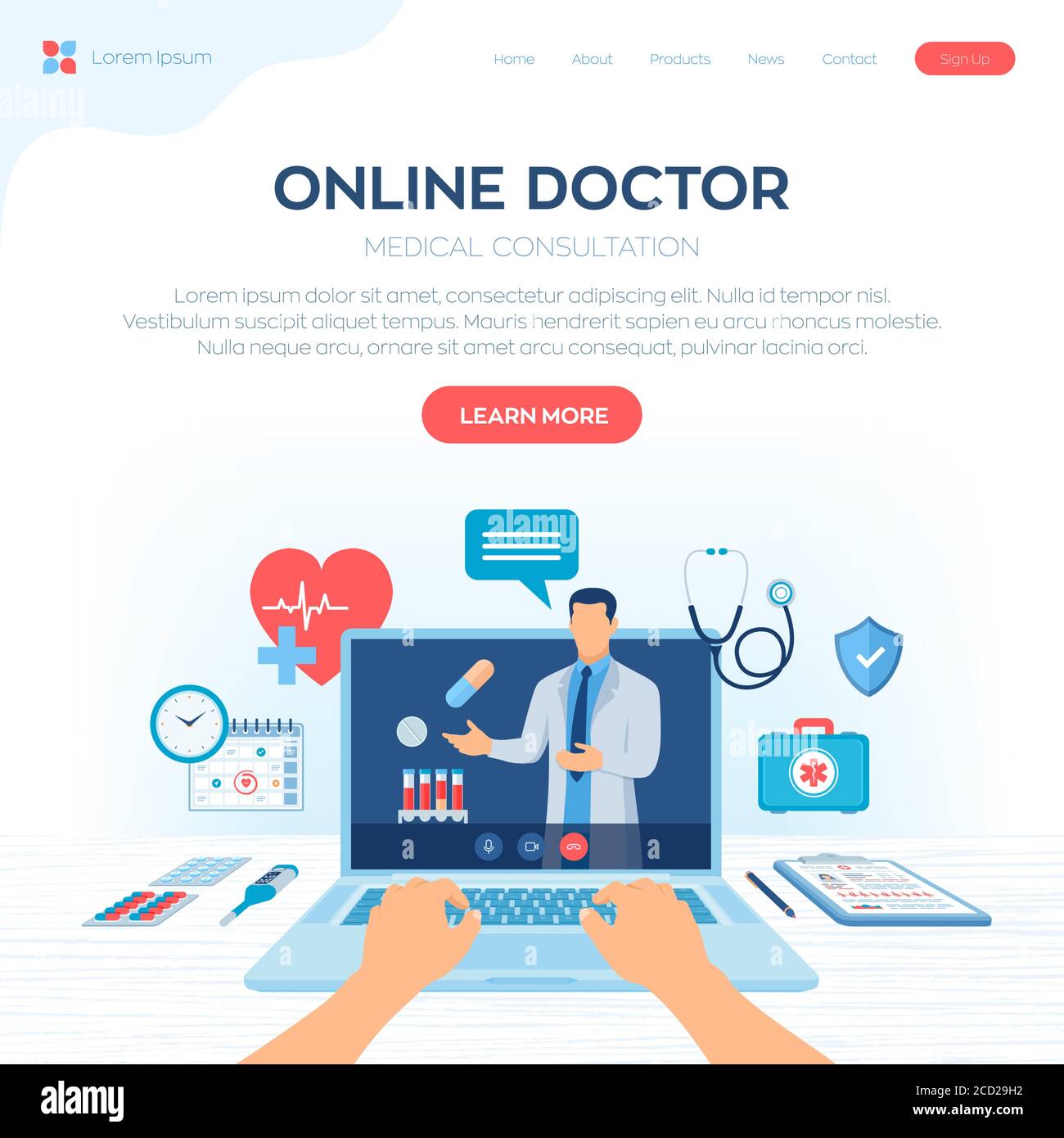Recognizing the Price Savings of Subscription Based Healthcare for Families
Recognizing the Price Savings of Subscription Based Healthcare for Families
Blog Article
Comprehending the Cost-Effectiveness of Subscription-Based Medical Care Versions
As the healthcare landscape advances, subscription-based versions emerge as an engaging option, promising to redefine how individuals manage medical expenditures. Evaluating these models' cost-effectiveness demands a nuanced comparison with standard insurance coverage, taking into consideration both financial ramifications and client fulfillment.
Summary of Subscription-Based Models
Subscription-based healthcare versions, occasionally described as straight main care or concierge medicine, are increasingly gaining attention as a potential option to inadequacies within conventional healthcare systems. These models operate on the principle of offering people straight access to healthcare companies through a monthly or annual cost, bypassing the demand for standard insurance policy mechanisms. This setup intends to improve patient-provider interactions by reducing management worries, which commonly hinder prompt and customized care.
At the core of subscription-based designs is the focus on a much more personalized person experience. Patients take advantage of enhanced accessibility to their doctors, usually including same-day or next-day appointments, expanded examination times, and direct interaction networks such as phone or video telephone calls. This model promotes an aggressive approach to healthcare, where suppliers and individuals can collaboratively concentrate on preventative treatment and persistent disease administration.

Cost Contrast With Typical Insurance Policy

One of the main monetary benefits of subscription models is openness in prices. On the other hand, conventional insurance coverage may be more advantageous for people requiring specialized treatment or costly treatments not covered under a subscription design, as they benefit from the wider protection network and cost-sharing devices.
Nonetheless, cost-effectiveness is context-dependent. While subscription versions could provide cost savings for those mostly requiring main care, individuals with chronic problems or specialized medical care needs might discover traditional insurance policy a lot more comprehensive. Therefore, reviewing certain healthcare demands and potential use is important in figuring out the most affordable option for individuals.
Impact on Individual Contentment
Individual fulfillment within subscription-based healthcare versions frequently reflects a substantial enhancement over standard insurance coverage systems. This improvement is primarily credited to the personalized care and go to website ease of access these versions provide. People frequently report greater satisfaction because of lowered delay times and the convenience of organizing consultations. Unlike typical systems, where patients may experience delays in receiving care, subscription-based models guarantee even more timely and straight interactions with healthcare suppliers.
In addition, the openness in prices connected with subscription-based healthcare alleviates the usual disappointments related to unanticipated fees and complicated billing procedures seen in traditional insurance (subscription based healthcare). Individuals appreciate knowing the precise financial commitment upfront, bring about boosted depend on and confidence in their health care management
Furthermore, the focus on preventive treatment and wellness in membership models adds to boosted health and wellness outcomes, additionally boosting individual contentment. By concentrating on continuous health and wellness upkeep as opposed to episodic care, people experience an even more all natural and continual medical care journey.
Moreover, the boosted provider-patient relationship promoted in these versions, characterized by more time invested per person and individualized attention, plays a vital duty in elevating individual contentment levels, as clients really feel truly cared for and understood.
copyright Experiences and perspectives
From the supplier's point of view, subscription-based healthcare models use a transformative strategy to delivering medical services. These designs highlight a preventative and aggressive medical care strategy, allowing companies to concentrate on thorough person treatment without the constraints of traditional fee-for-service plans (subscription based healthcare). This shift in focus commonly leads to enhanced individual results and boosted supplier contentment, as medical care specialists can designate even more time and browse around this site sources to person involvement and customized care plans
Moreover, subscription versions assist in predictable income streams, which enhance financial security for doctor. This predictability permits for enhanced resource preparation and allowance, adding to an extra reliable health care delivery system. Providers can spend in personnel technology, infrastructure, and training improvements, consequently enhancing the top quality of care supplied.
However, the transition to subscription-based designs is not without difficulties. Regardless of these hurdles, numerous suppliers locate that the advantages of increased client interaction and structured procedures surpass the first obstacles, making subscription-based versions an attractive option.
Future Prospects and Difficulties

A main challenge is regulatory conformity, as membership models have to stick to progressing healthcare plans and insurance policy demands. This necessitates continuous adjustment and advancement to make sure alignment with lawful requirements. Additionally, incorporating these designs into existing medical care facilities can be complex, calling for considerable financial investments in innovation and training.
There is also the possible risk of developing inequities in healthcare gain access to, as subscription versions may prefer those who can manage them, leaving susceptible populaces underserved. Resolving this requires thoughtful consideration of rates techniques and aid systems to make sure inclusivity.
Conclusion
Subscription-based health care designs offer a sensible choice to traditional insurance by providing monetary predictability and transparency, especially benefiting individuals with chronic conditions or frequent health care requirements. The cost-effectiveness of these models is contingent upon individual healthcare usage patterns and circumstances.
Subscription-based healthcare models, sometimes referred to as straight key treatment or attendant medication, are progressively getting interest as a potential option to ineffectiveness within standard health care systems. Unlike conventional systems, where patients might experience hold-ups in getting care, subscription-based versions make certain even more prompt and direct interactions with medical care providers.
These versions highlight a preventative and proactive medical care method, enabling service providers to concentrate on detailed client care without the restraints of conventional fee-for-service arrangements. As these versions continue to gain grip, they provide the possible to reinvent client accessibility to care, improve solution shipment, and optimize medical care spending.Subscription-based medical care designs offer a practical index alternative to standard insurance by supplying monetary predictability and transparency, especially benefiting people with persistent conditions or constant healthcare demands.
Report this page